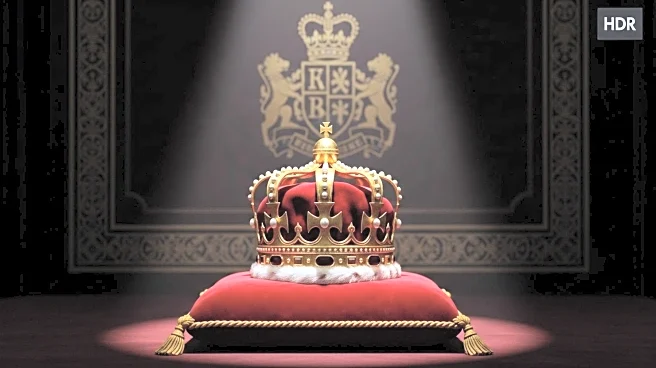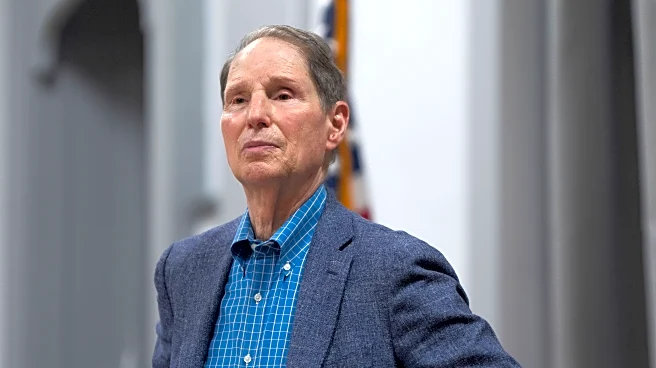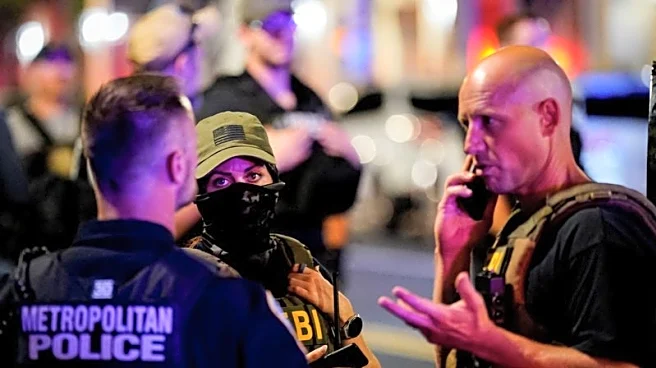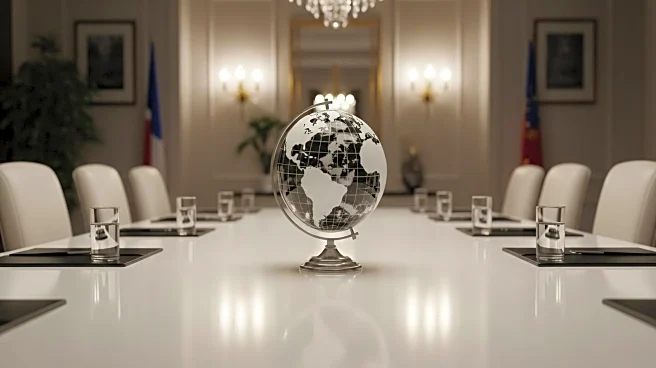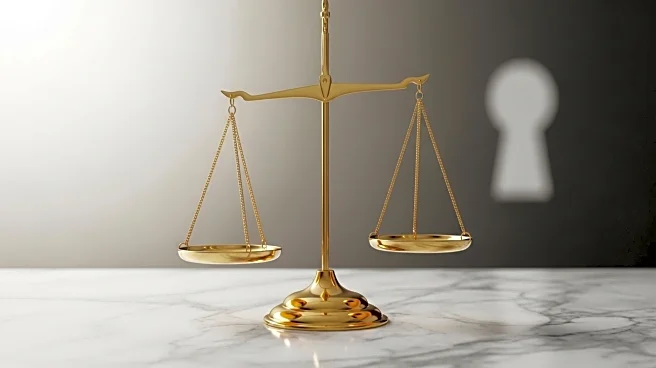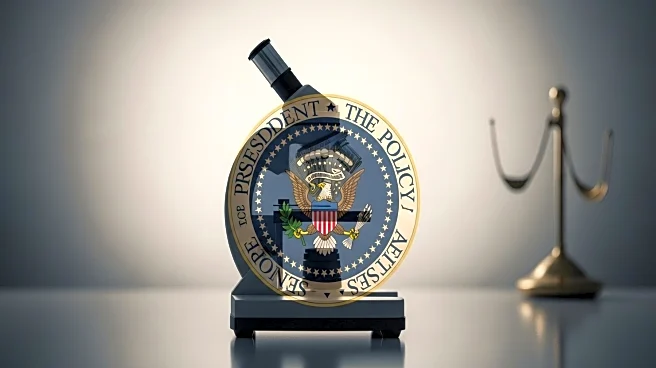What's Happening?
A fake Vanity Fair magazine cover featuring First Lady Melania Trump wearing a crown has sparked controversy and reactions on social media. The cover, labeled 'The American Queen,' was reportedly circulated following reports of a staff mutiny at Condé Nast over the potential featuring of Mrs. Trump. California Governor Gavin Newsom responded to the situation by posting an image of himself wearing royal headgear, which he shared on his Governor Newsom Press Office account. This move has been interpreted as trolling, given Newsom's previous stance against monarchy-like figures in American politics. The incident has drawn mixed reactions, with some praising the faux cover and others criticizing Newsom's actions.
Why It's Important?
The incident highlights ongoing tensions and divisions within American political discourse, particularly regarding figures associated with President Trump. Governor Newsom's response underscores the complex dynamics between political leaders and media representations. The use of royal imagery by Newsom, despite his earlier opposition to monarchy-like figures, suggests a shift in political strategy or messaging. This development may influence public perception of Newsom and his political stance, potentially affecting his support base and future political endeavors.
What's Next?
The controversy may lead to further discussions about media representation and political imagery in the U.S. As the 2028 election approaches, political figures like Newsom may continue to leverage social media and visual symbolism to engage with their constituencies. The reactions from various stakeholders, including the White House, indicate that this issue could remain a point of contention in political debates and media narratives.
Beyond the Headlines
The use of royal imagery in American politics raises questions about the cultural and historical implications of such symbolism. It challenges traditional views of American democracy and the rejection of monarchy, prompting discussions about the evolving nature of political communication and identity. This incident may also reflect broader societal shifts in how political figures are perceived and the role of media in shaping those perceptions.
